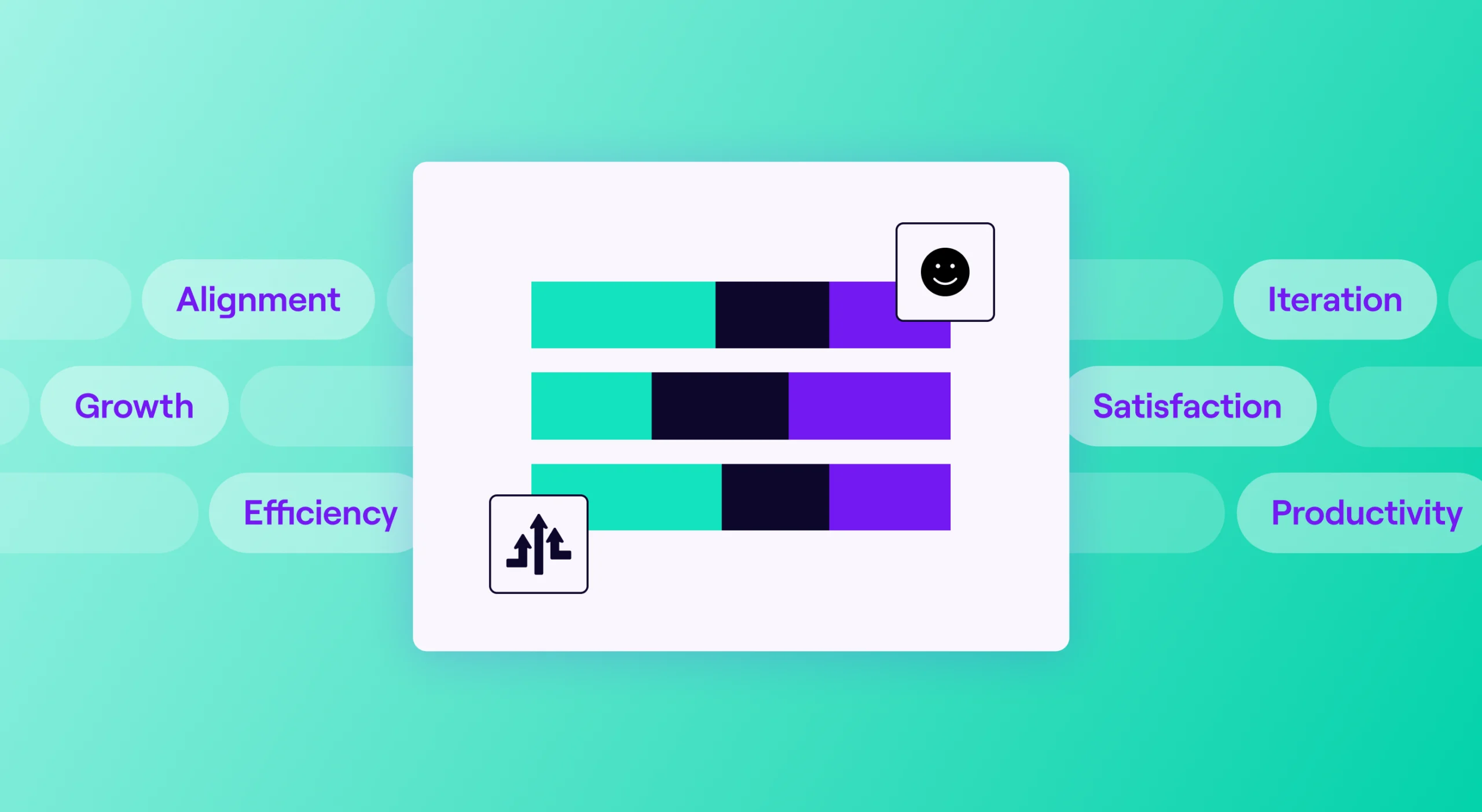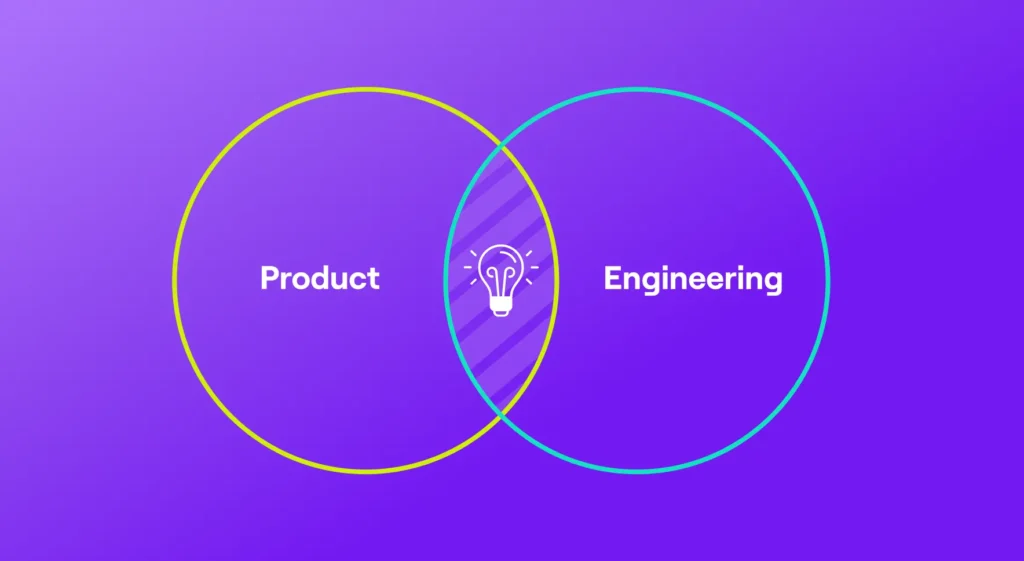In this article
Mergers and acquisitions can introduce a unique set of uncertainties, often reshaping the entire organizational landscape and how teams operate. This is especially true for engineering managers who, after an acquisition, may be faced with challenges institutionalizing new processes, revisiting roadmaps and priorities, and managing more complex dependencies across teams. The stakes are typically higher in larger or newly merged entities, demanding more from EMs to lead the change process with their teams.
So how can EMs not just cope with change, but leverage it for their own growth and that of their teams? Here, we provide a step-by-step approach to help guide EMs through managing the change process effectively.
Leading the Change Process
Leading the Change Process
There are three key steps engineering managers should consider post-acquisition.
1. Setting the stage
Before initiating any significant change, ensure complete alignment with any new leadership on the “what,” “why,” and “how.” Then, communicate a clear end state to your team to ensure that they understand the strategic goals of the new business and the desired outcomes.
Transparency is key, so encourage questions and address concerns openly with your engineers. Additionally, make sure that you’re not only communicating what is changing, but also clarifying what isn’t. This can help alleviate anxieties and provides a sense of stability as teams transition in a post-acquisition environment.
2. Building and supporting new expectations
Start by providing specific, actionable information on how individual teams and roles will be impacted by the acquisition and any new processes. Use concrete examples to help team members visualize and adapt to new ways of working.
Support your team through the transition by creating an internal wiki that can act as a centralized knowledge base. If any changes are particularly large or complex, consider creating more formal training to guide your engineers through the details. This type of structured training can ensure everyone is equipped with the necessary skills and context to tackle new processes or expectations post-acquisition.
For more complex process changes that require a gradual roll-out or new responsibilities that will require gradual ramp-up, establish some early benchmarks or milestones for the team. Implementing early checkpoints helps identify potential issues before they escalate, allowing for timely adjustments as the team adapts to the new expectations.
3. Constant communication is key
Keep an open door policy during the transition period so that your team has a forum to ask questions and raise concerns. Fostering an environment where team members feel comfortable voicing their thoughts and seeking clarification can help you proactively remove blockers as the team adjusts to new norms and processes.
When adopting new processes, leverage advocates or early adopters on the team to provide social proof by sharing best practices and lessons learned. Encourage your advocates to share their experiences and successes to help build confidence among more hesitant team members and accelerate adoption. Mentorship from advocates can also provide personalized guidance to other engineers and accelerate the adoption process.
Maintaining Momentum
Maintaining Momentum
Remember that change isn’t a one-time event; it’s an ongoing process that requires continuous reinforcement throughout the transition period post-acquisition. Recognize and celebrate successes to reinforce new outcomes and motivate the team. Create a continuous feedback loop between you and your team to allow for adjustments and improvements, ensuring the change remains effective and addresses evolving needs.
About the author

Tricia is a Senior Product Manager at Jellyfish.





